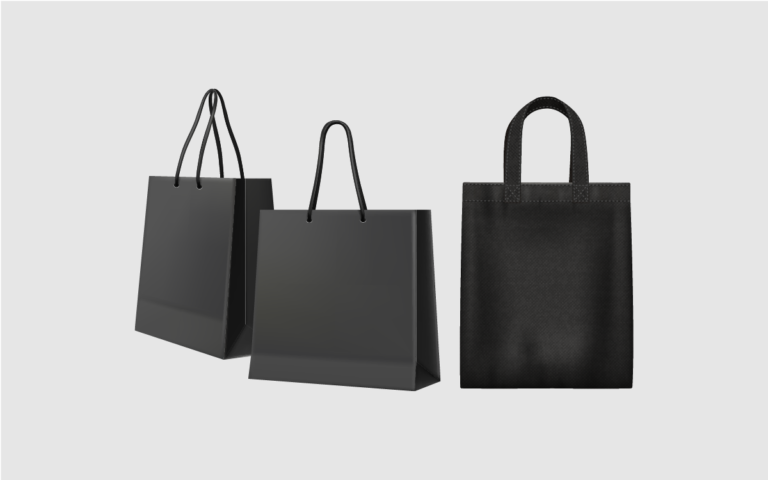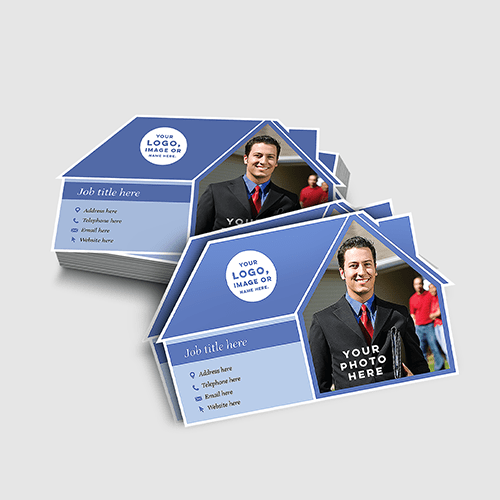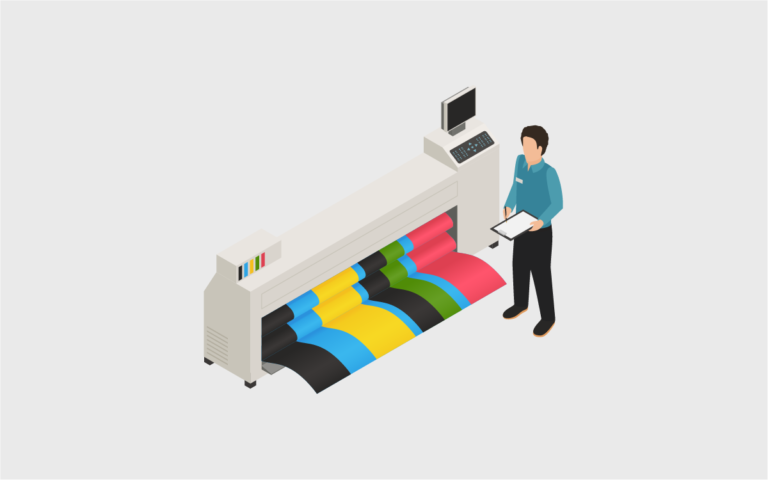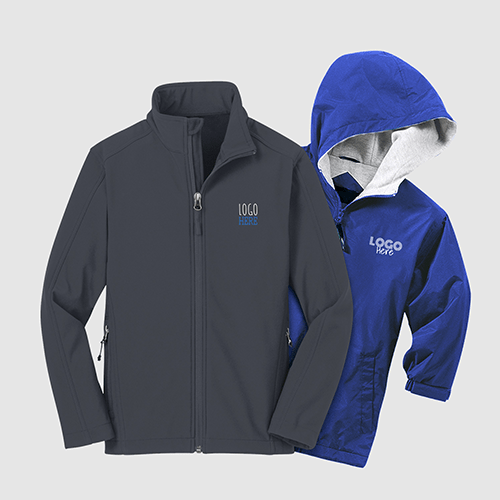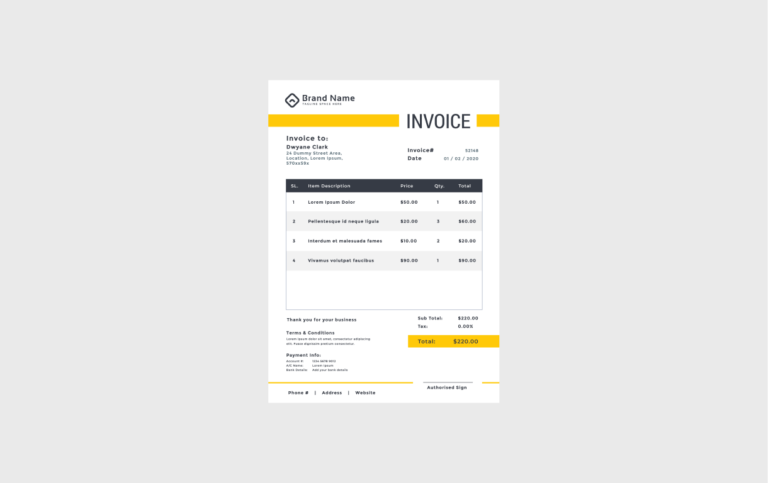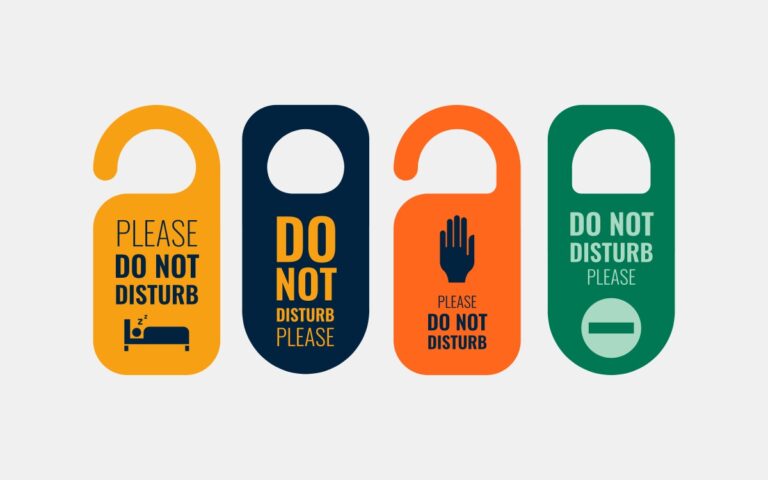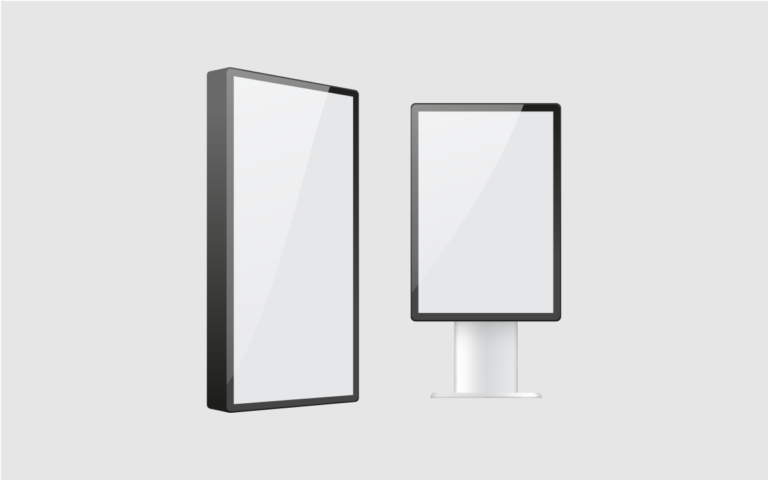Book Printing – In the age of self-publishing and digital content, the importance of professional book printing for authors and publishers cannot be overstated. While it may be tempting to cut costs by opting for DIY or print-on-demand solutions, the value of professional printing extends far beyond mere economics.
Why Professional Printing Matters for Authors and Publishers
1. Craftsmanship and Quality Control:
Professional printers are experts in their craft. They bring years of experience and technical knowledge to the table. When you choose professional printing, you’re entrusting your manuscript to skilled professionals who understand the nuances of color accuracy, paper selection, and binding techniques.
This level of expertise ensures that your book will be produced with the utmost care and attention to detail.
2. Aesthetic Appeal:
Books are not just vessels for words; they are works of art. The aesthetics of a book play a pivotal role in attracting readers and conveying the tone of your work. Professional printing allows for a level of customization and attention to detail that can make your book visually captivating.
From cover design to interior layout and typography, professional printers work with you to create a visually appealing product that reflects the essence of your writing.
3. Durability and Longevity:
High-quality printing results in books that are built to last. Professional printers use premium materials and binding methods that ensure the durability of your book. This is particularly important for authors and publishers who envision their work as enduring pieces of literature to be cherished for generations.
4. Brand Credibility:
For publishers, maintaining a reputation for producing high-quality books is paramount. Professional printing contributes to the credibility of your brand. Readers, booksellers, and reviewers are more likely to take your work seriously when they see that it has been professionally printed. This can open doors to wider distribution and greater visibility in the literary world.
5. Customization and Special Features:
Professional printers offer a range of customization options to make your book stand out. This includes choices in paper type and weight, cover finishes, and special features such as embossing, foil stamping, or die-cutting. These options allow you to create a unique and memorable reading experience for your audience.
The Advantages of High-Quality Book Printing for Book Aesthetics
The aesthetic quality of a book is not to be underestimated. It can be the difference between a book that catches a reader’s eye and one that goes unnoticed on the shelf. Here are some key advantages of high-quality printing for book aesthetics:
1. Vibrant and Accurate Color Reproduction:
Professional printing ensures that the colors in your book, both on the cover and inside, are reproduced accurately and vibrantly. This is crucial for books with illustrations, photographs, or color-coded content.
2. Crisp and Readable Text:
The choice of typography and font size, as well as the precision of typesetting, impacts the readability of your book. High-quality printing ensures that text is crisp and easy on the eyes, enhancing the overall reading experience.
3. Precise Binding and Trim:
A well-printed book is one where the pages are aligned perfectly, the binding is secure, and the trim is clean and precise. These details contribute to the professional appearance of your book.
4. Custom Finishes and Embellishments:
Professional printing allows you to explore custom finishes and embellishments for your book cover. This can include options like spot UV coating, foil stamping, or textured finishes, adding a tactile and visual dimension to your book.
5. Consistency Across Copies:
In professional printing, quality control measures ensure that each copy of your book is consistent in terms of color, alignment, and finish. This uniformity is crucial for maintaining the integrity of your work.
Cost Considerations and the Economics of Book Printing
While professional printing offers numerous advantages, it’s essential to consider the cost implications, especially for authors and publishers working within budget constraints. Here are some cost-related factors to keep in mind:
1. Economies of Scale:
The cost per unit for book printing often decreases as the print run increases. This means that printing larger quantities can lead to cost savings per book. Publishers need to strike a balance between printing enough copies to benefit from economies of scale and not overprinting, which can result in excess inventory.
2. Print-on-Demand (POD) Options:
For authors and publishers with limited budgets or uncertain demand, POD services can be a cost-effective solution. POD allows for the printing of books as orders are received, minimizing upfront costs and reducing the risk of excess inventory.
3. Paper and Finish Choices:
Paper selection, cover finishes, and special features can significantly impact printing costs. Authors and publishers should carefully consider these options to strike a balance between budget constraints and achieving the desired aesthetic quality.
4. Distribution and Marketing Costs:
In addition to printing costs, authors and publishers must factor in expenses related to distribution, marketing, and promotion. These costs are essential for getting your book into the hands of readers and ensuring its visibility in the market.
5. Quality vs. Budget:
Ultimately, the decision to prioritize quality printing over budget considerations depends on your goals and audience. Investing in professional printing can enhance the marketability of your book and contribute to long-term success.
Professional printing matters for authors and publishers because it elevates the quality, aesthetics, and credibility of their books. While cost considerations are essential, they should be balanced with the desire to produce a book that stands out in a crowded marketplace.
The economics of book printing are multifaceted, and authors and publishers must weigh the benefits of quality against their budget constraints to make informed decisions about the production of their literary works.
Types of Books and Their Printing Requirements
Books come in a multitude of forms, each with its unique characteristics and printing requirements. In this chapter, we explore the diverse landscape of book types and delve into the specific considerations that professional printing demands for each category.
Fiction vs. Non-Fiction: Unique Considerations
- Fiction Books:
- Narrative Flow: Fiction books often require careful attention to the narrative flow. Text layout and font choice play a crucial role in creating a reading experience that immerses readers in the story.
- Paperback vs. Hardcover: Fiction books are commonly printed in paperback format due to cost considerations. However, hardcover editions are reserved for special releases or collector’s items.
- Cover Art: Captivating cover art is essential for fiction books. Professional printing ensures that the cover design is faithfully reproduced, enticing readers to explore the story within.
- Non-Fiction Books:
- Information Hierarchy: Non-fiction books frequently contain charts, graphs, and subheadings. Precise typography and layout are vital for conveying complex information clearly.
- Paper Quality: Depending on the subject matter, non-fiction books may benefit from thicker, higher-quality paper to accommodate illustrations and diagrams.
- Index and References: Non-fiction books often include indexes and references. Professional printing ensures accuracy and readability in these sections.
Coffee Table Books, Art Books, and Photography Books
- Coffee Table Books:
- Large Format: Coffee table books are known for their oversized dimensions, showcasing striking visuals. Professional printing equipment can handle these larger sizes without compromising image quality.
- Glossy Pages: High-quality, glossy pages enhance the vibrancy of photographs and illustrations, making them ideal for coffee table books.
- Layflat Binding: To fully appreciate panoramic images, layflat binding allows pages to lie flat without the curvature of a traditional book spine.
- Art Books:
- Color Accuracy: Art books demand precise color accuracy to faithfully reproduce artworks. Professional printers employ advanced color management techniques to achieve this.
- Fine Art Paper: Choosing the right paper is crucial for art books. Options like matte, textured, or cotton papers can enhance the presentation of artwork.
- Embossing and Special Finishes: Art books often incorporate embossed covers or special finishes to add a tactile dimension to the book’s aesthetics.
- Photography Books:
- High-Resolution Printing: Professional printing ensures that high-resolution images maintain their clarity and detail in print.
- Paper Selection: Different paper types can complement various photography styles. Matte paper can provide a classic look, while glossy paper can make colors pop.
- Binding: Layflat binding is popular in photography books to allow images to span across two pages seamlessly.
Specialized Formats: Hardcovers, Paperbacks, and eBooks
- Hardcovers:
- Durability: Hardcover books are designed to withstand wear and tear. Professional printing and binding ensure that hardcovers maintain their integrity over time.
- Dust Jackets: Hardcover books often feature dust jackets with intricate designs. Precise printing and cutting are essential for a polished appearance.
- Paperbacks:
- Affordability: Paperbacks are cost-effective for mass production. Professional printing guarantees consistent quality in large print runs.
- Cover Lamination: Matte or gloss lamination options can enhance the durability and visual appeal of paperback covers.
- eBooks:
- Digital Formatting: While not printed, eBooks require professional formatting to ensure compatibility with various eReader devices and platforms.
- Cover Design: eBook covers must be eye-catching in digital format. Professional designers optimize cover images for digital displays.
The type of book you’re printing significantly influences the printing requirements and considerations. Whether it’s a fiction novel, a visually stunning coffee table book, or a digital eBook, professional printing ensures that each book type is produced to the highest standard, meeting the unique demands of both content and audience.
Understanding these distinctions allows authors and publishers to make informed decisions about how to bring their literary creations to life in the most suitable and visually appealing format.
The Book Printing Process
Behind every beautifully bound book lies a meticulous printing process that transforms words and images into tangible pages. In this chapter, we unveil the inner workings of the book printing process, from the crucial pre-press stage to the choice between digital and offset printing, the art of color management, and the technology that powers it all.
Pre-Press: Preparing Files for Book Printing
Before the presses roll and ink meets paper, a crucial phase known as pre-press takes center stage. This preparatory process is essential for ensuring that the final printed book meets the highest quality standards:
- File Preparation: Authors and publishers collaborate with professional printers to prepare their digital files. This includes typesetting, page layout, font selection, and image placement.
- Color Space Management: Managing color profiles is critical to ensure that images and graphics appear as intended. This involves converting RGB (Red, Green, Blue) digital colors to the CMYK (Cyan, Magenta, Yellow, Key/Black) color space used in printing.
- Proofing: Proof copies or digital proofs are created to review and verify the final appearance of the book. This stage allows for corrections and adjustments to be made before full production.
- Imposition: Imposition refers to the arrangement of pages on press sheets. Professional printers use imposition software to optimize paper usage and minimize waste during printing.
Digital vs. Offset Book Printing: Pros and Cons
One of the fundamental decisions in book printing is choosing between digital and offset printing methods. Each has its advantages and considerations:
Digital Book Printing:
- Pros:
- Suitable for short print runs, including print-on-demand (POD).
- Cost-effective for small quantities.
- Allows for variable data printing, ideal for personalized editions.
- Quick setup and turnaround times.
- Cons:
- Limited color accuracy compared to offset printing.
- Cost per page may be higher for larger print runs.
- Not always suitable for specialized finishes or embellishments.
Offset Book Printing:
- Pros:
- Superior color accuracy and quality.
- Cost-effective for large print runs.
- Compatible with a wide range of paper types and sizes.
- Ideal for specialized finishes and customizations.
- Cons:
- Longer setup times and higher initial costs.
- Less cost-effective for small print runs.
- Not well-suited for print-on-demand (POD) production.
The choice between digital and offset printing depends on factors such as print quantity, budget, color requirements, and turnaround time. Professional printers can offer guidance on the most suitable method for a specific project.
The Role of Color Management and Proofing
Color management is a critical aspect of book printing, particularly for publications with images, illustrations, or artwork:
- Color Calibration: Professional printers calibrate their printing equipment to ensure consistent and accurate color reproduction. This process involves fine-tuning color settings to match industry standards.
- Color Proofing: During the pre-press phase, color proofs are created to verify color accuracy. This step helps identify any discrepancies between digital files and printed output.
- Pantone Matching System (PMS): For precise color matching, the Pantone Matching System is often used. PMS colors are standardized, allowing for consistent reproduction of specific hues.
- Press Checks: A press check involves physically inspecting the printed sheets during the production run to ensure that colors, images, and text meet the desired specifications.
Printing Equipment and Technology Used in Book Printing
Modern book printing relies on advanced equipment and technology to achieve high-quality results:
- Offset Printing Presses: Offset presses are the workhorses of book printing. They use a series of rollers and plates to transfer ink onto paper, providing excellent color accuracy and consistency.
- Digital Printing Equipment: Digital presses are versatile and efficient, making them ideal for short print runs. They use digital files to apply toner or ink directly to paper.
- Computer-to-Plate (CTP) Technology: CTP technology has replaced traditional film-based processes. It involves the direct transfer of digital files to printing plates, reducing setup time and improving precision.
- Color Management Software: Advanced software solutions are used to manage color profiles, ensure consistency, and achieve accurate color reproduction.
- Finishing Equipment: After printing, books go through various finishing processes, including cutting, binding, and trimming, to create the final product.
Do you need book printing? We’re here to help you take the next step. Reach out to us to place your order or to get more information on how we can tailor our services to meet your needs. Contact us today, and let’s make things happen together!






